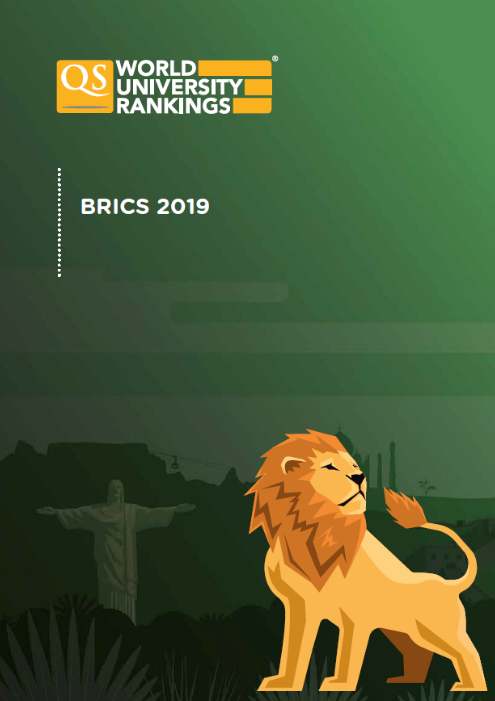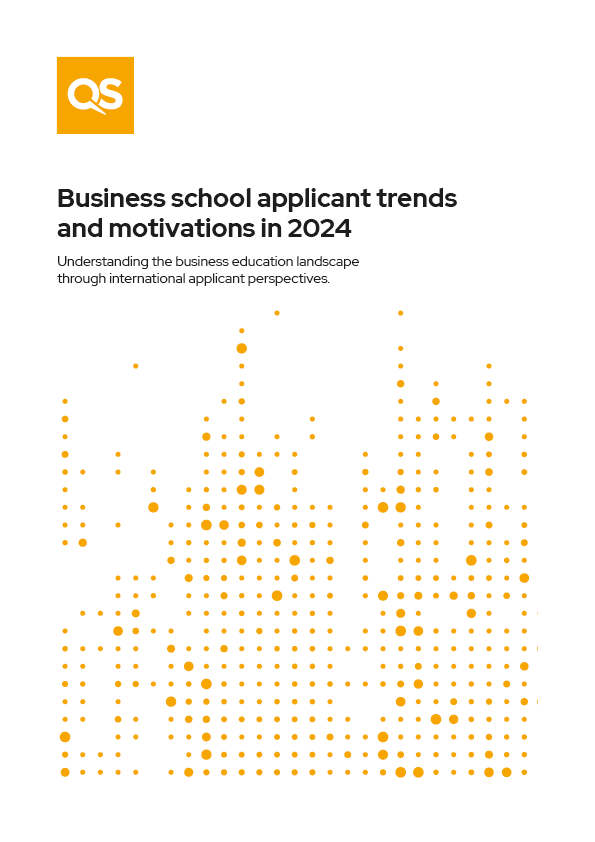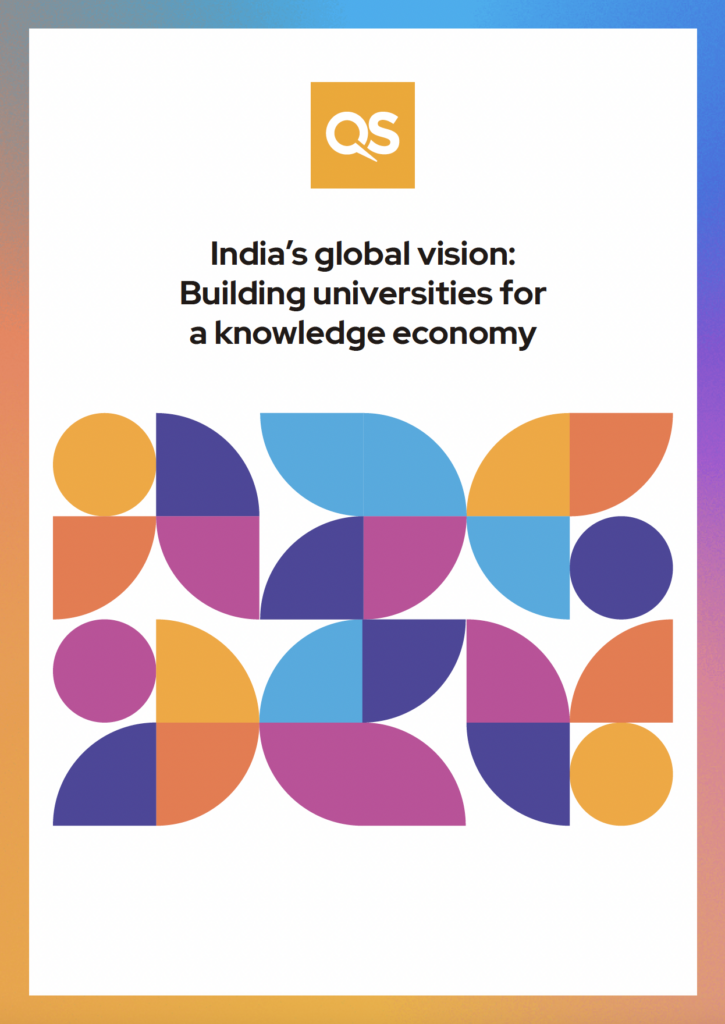
Welcome to the 2019 edition of our QS World University Rankings: BRICS. There was a vast increase in the number of universities ranked this year, with 400 representing an increase of 100 institutions from our 2018 edition. This is testament to our expanding datasets and our increasing evaluative capacity.
–
The other exciting development in the BRICS ranking for 2019 is that it forms the parent ranking for two new locational rankings – the QS Mainland China University Rankings 2019 and the QS India University Rankings 2019.
–
The methodology for our BRICS ranking was compiled using the following eight indicators:
- Academic Reputation
- Employer Reputation
- Faculty/ Student Ratio
- Paper per Faculty
- Citations per Paper
- Staff with PhD
- Proportion of International Faculty
- Proportion of International Students



